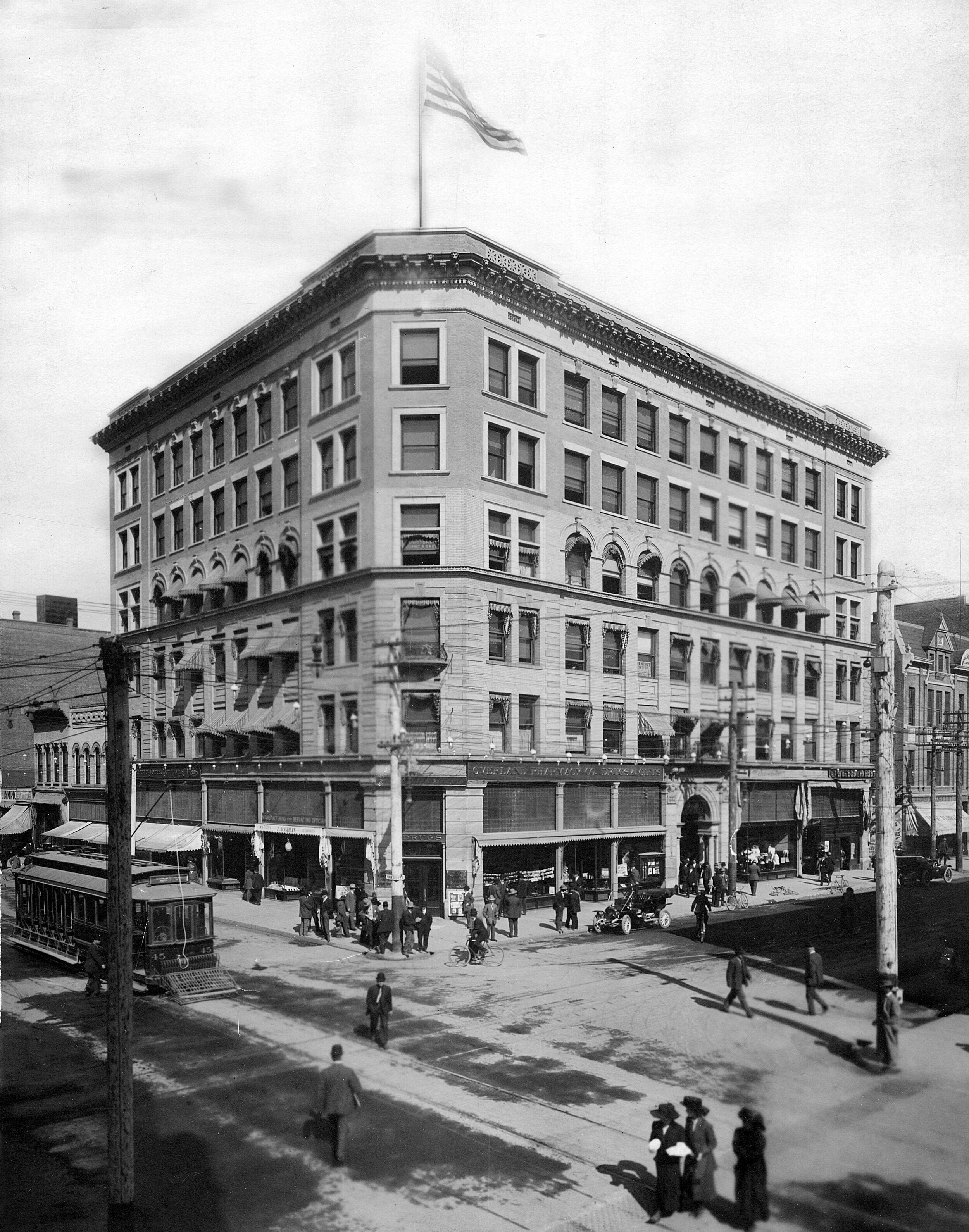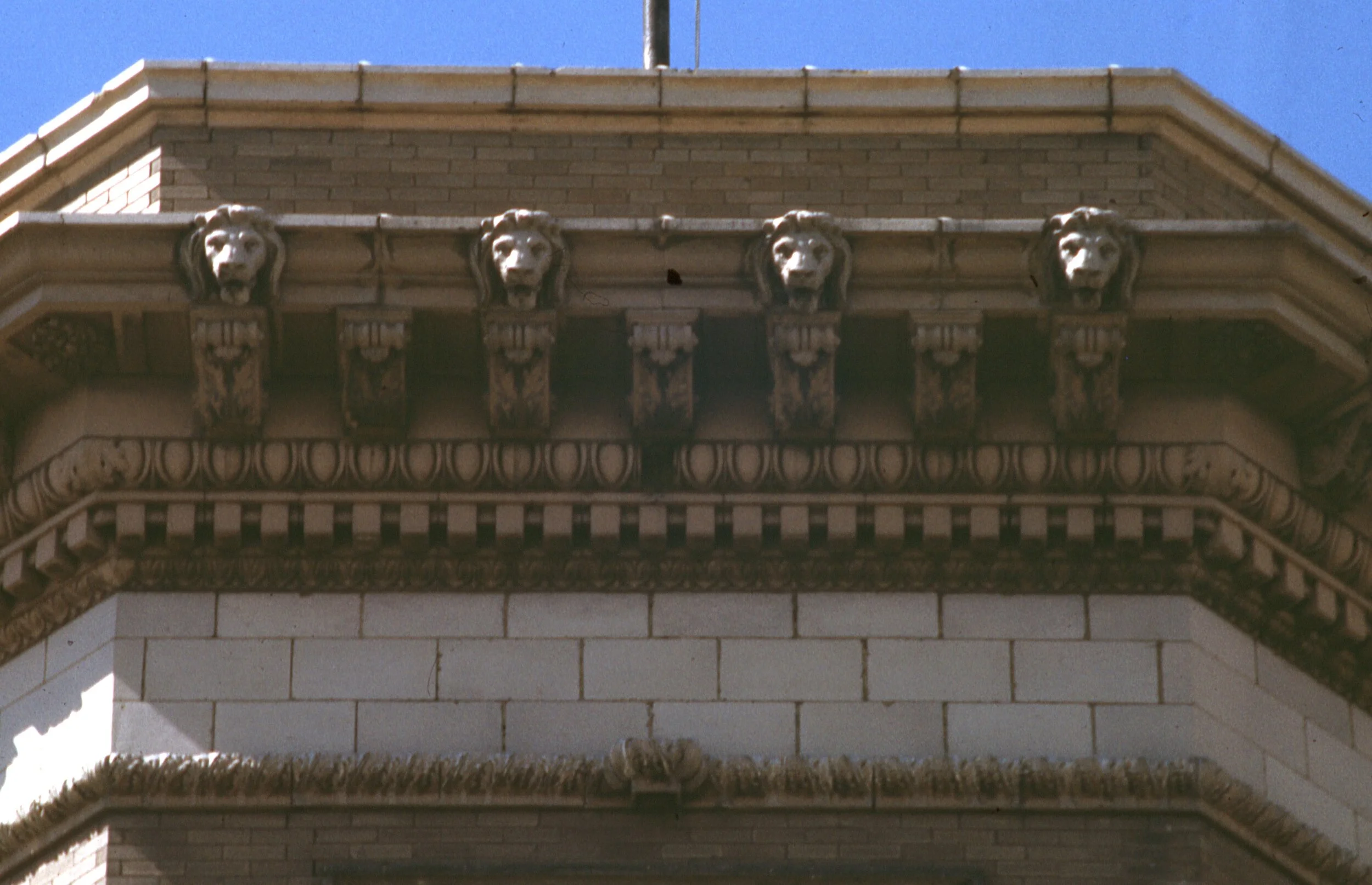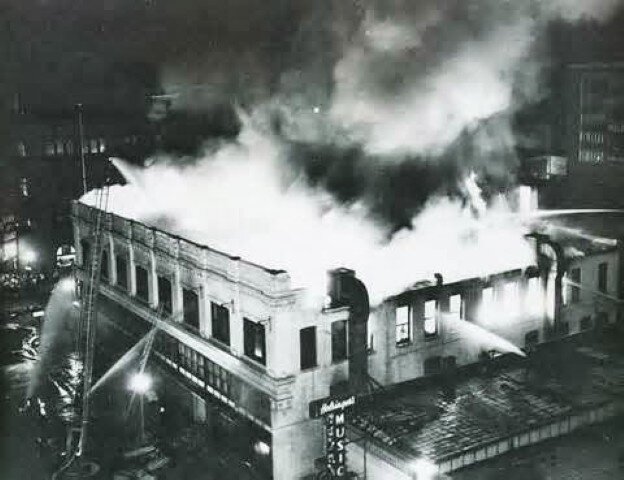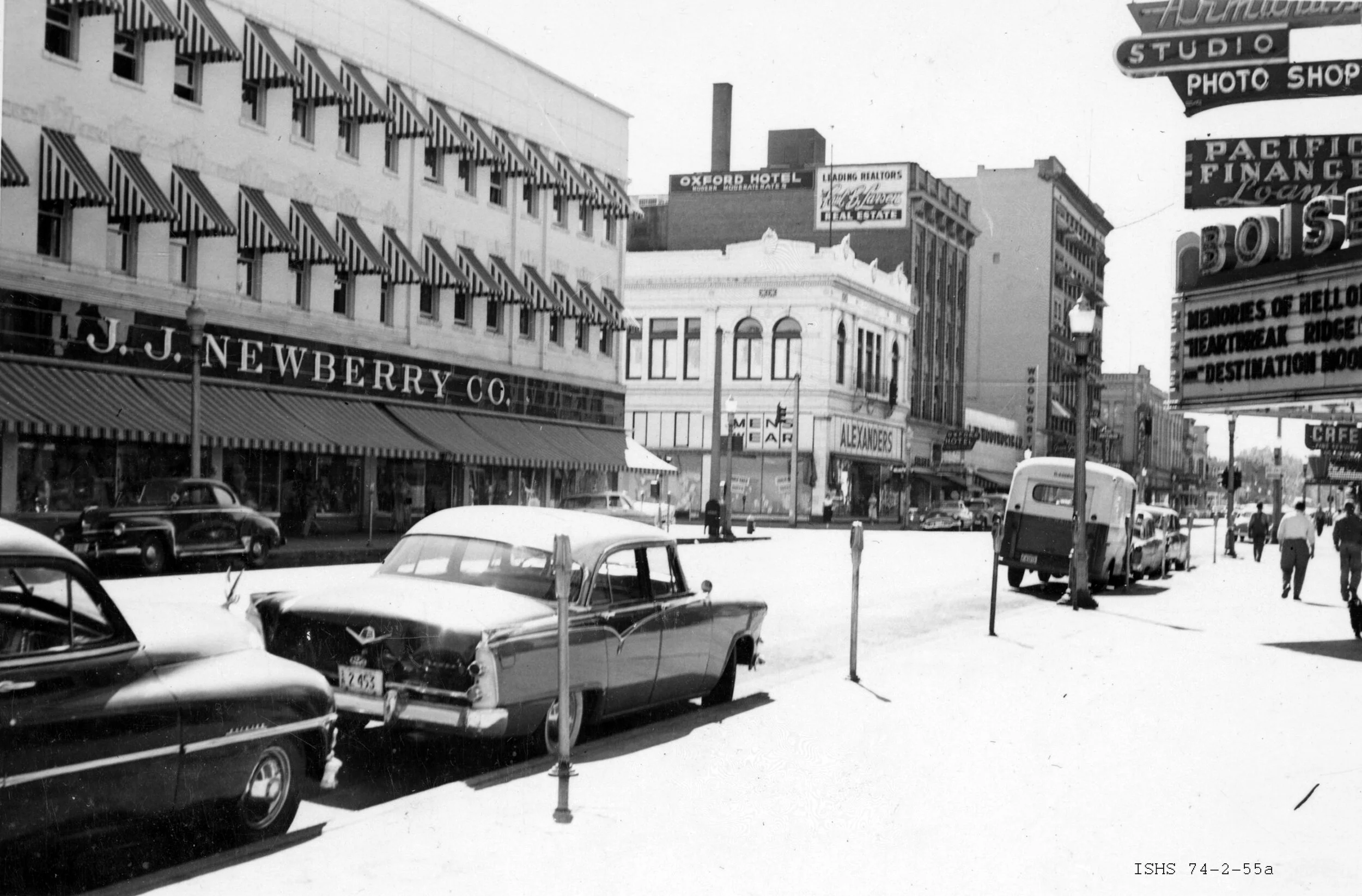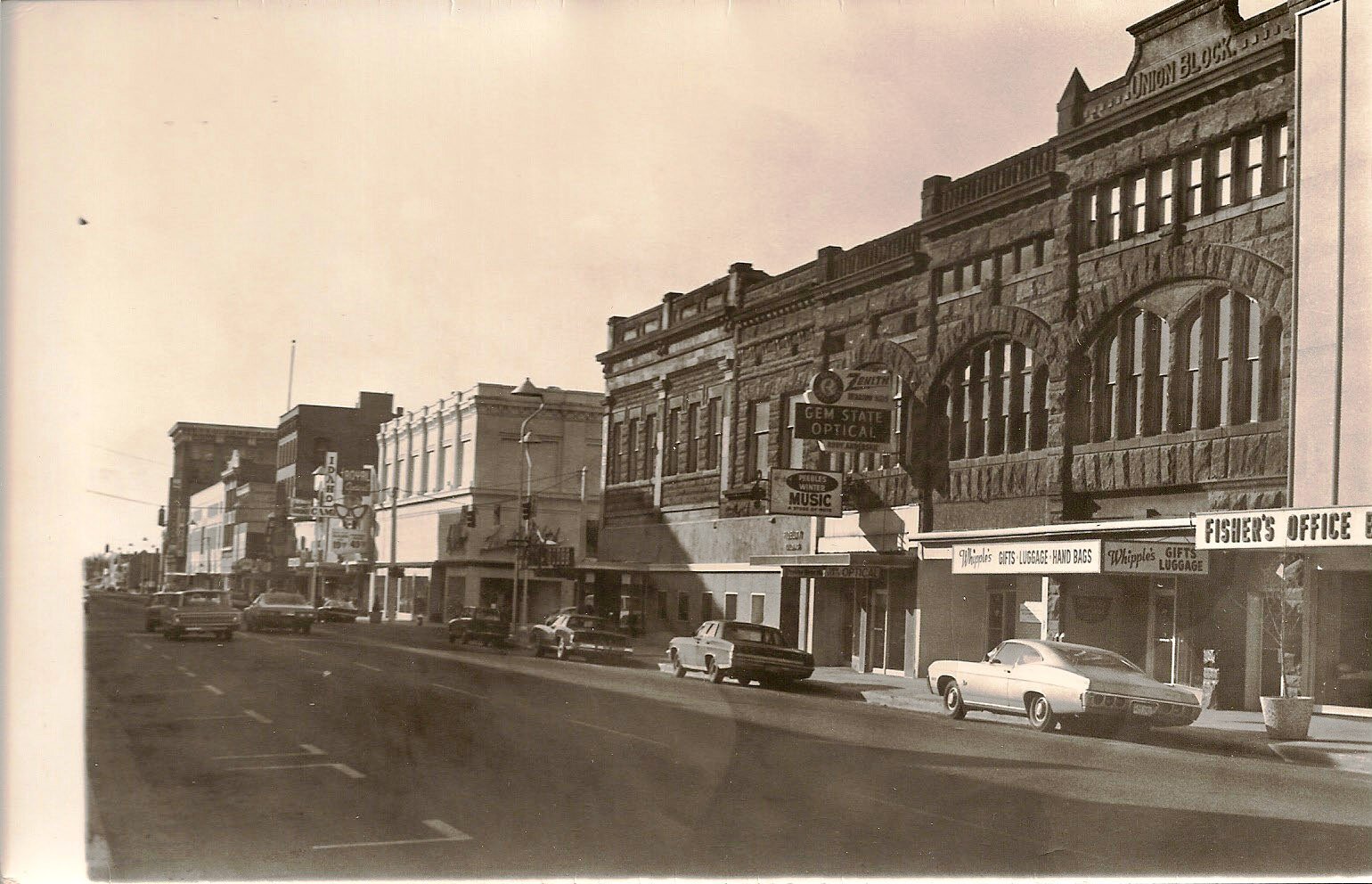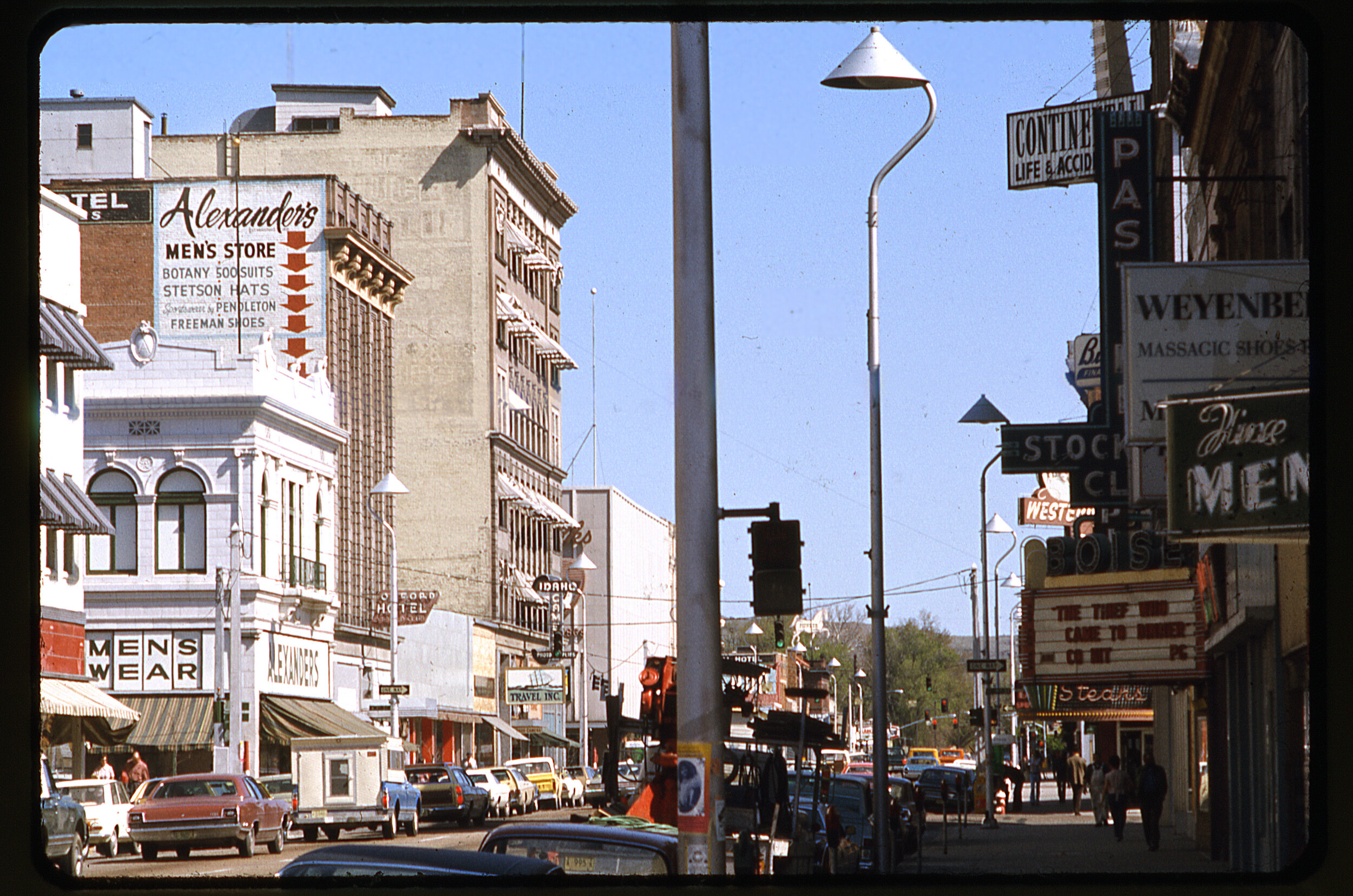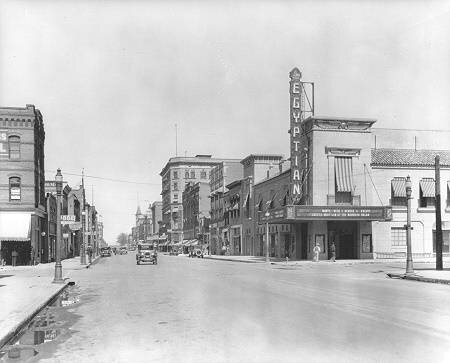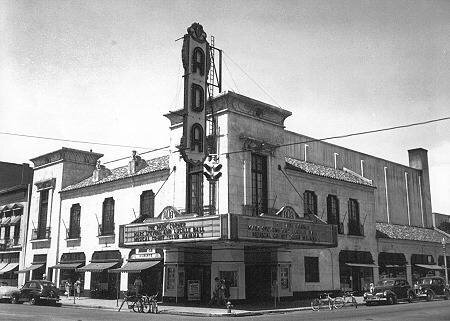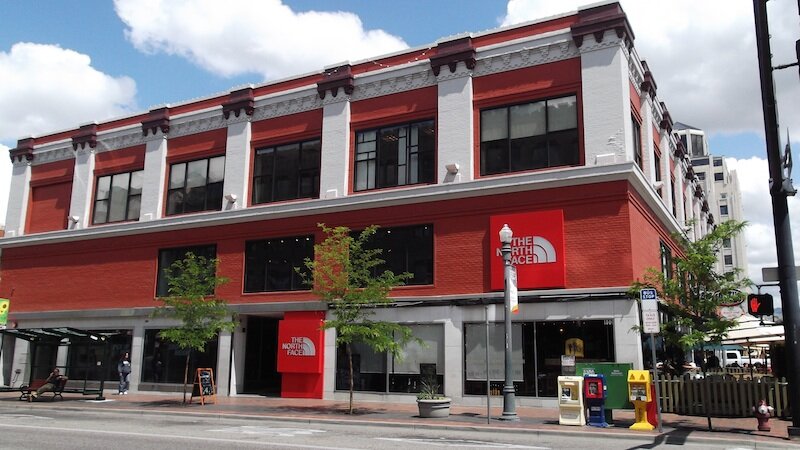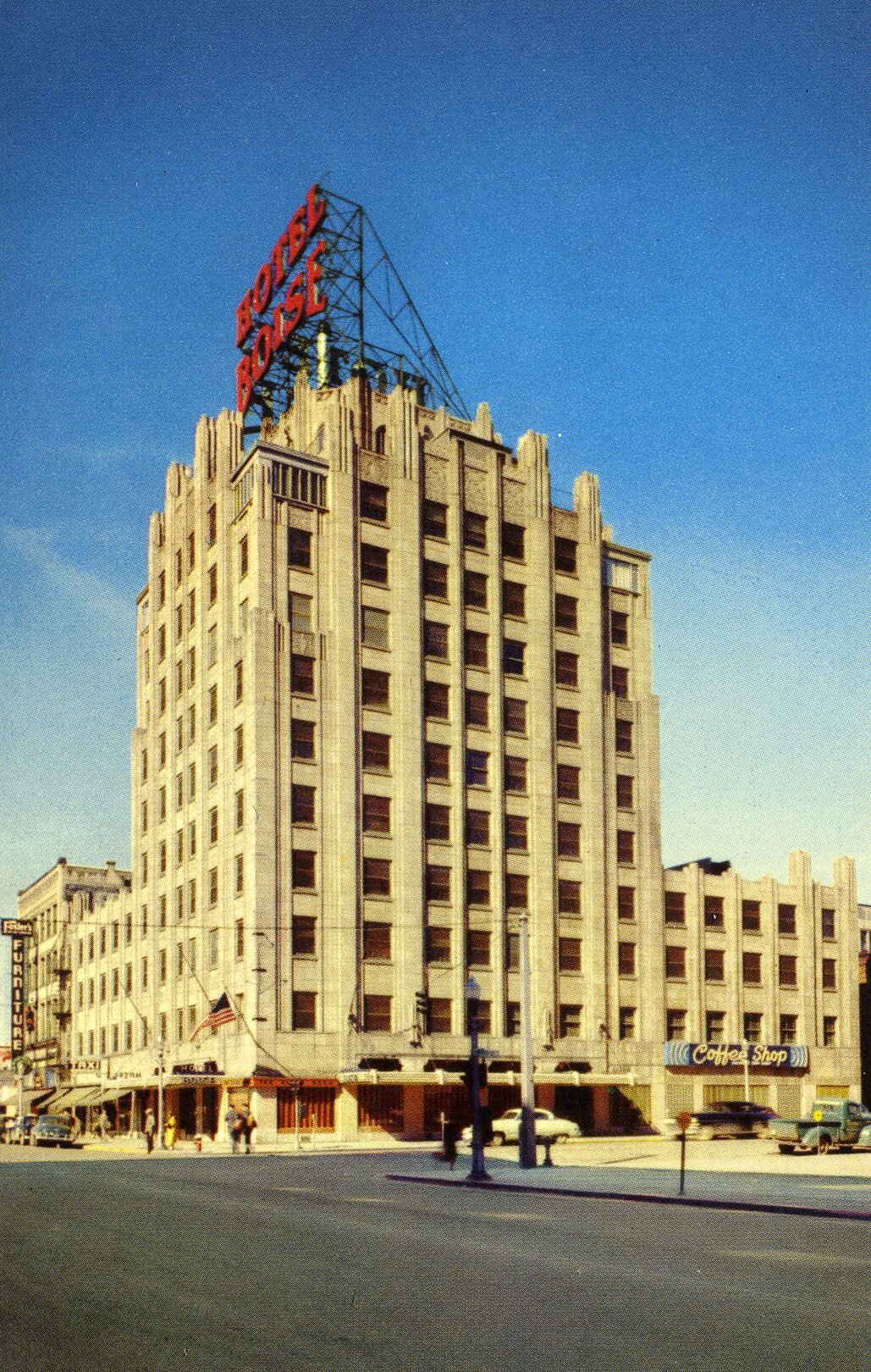We’ve adapted a list of activities from the National Trust of Historic Preservation that can either be done in the classroom, for extra credit, or as a fun family activity. These projects will teach your students and children valuable lessons while also contributing important and valuable information to their communities and future generations. No one is ever too young to be a historian and we hope the children in your life are inspired by the incredible difference they can make by engaging in the stories of those who came before!
Explore your family history.
Investigate places that are significant to your family. For example, where did your parents or grandparents go to school, grow up, or get married? Look at old photographs, and, if you live in the same area, visit these places if they’re still around. Talk about how they compare to the photographs and what has changed. Think about the future of these places in the community today.
Talk to neighbors who have lived on your street for a long time.
Find out what they remember about living there and about the people who have moved on. Maybe they have old photographs of how the street and houses used to look. Consider recording the conversation. Oral histories are an invaluable resource and provide a tangible link to the places of our past. Plus, this is good interview practice.
Take a walk down “Main Street.”
If you don’t have a street named Main Street, just choose the busiest “main” street! Authentic and traditional commercial districts are centered around a street that is full of historic buildings and usually feature locally owned stores. Why buy local? Is there old architecture mixed with new architecture?
If you are interested in a guided tour, then join Preservation Idaho on Saturday for our WalkAbout Boise Tour which runs from Spring-Fall! We also can coordinate a special WalkAbout Boise tour for teachers who would like to bring their classroom for a field trip.
Visit a historic site.
Take kids to visit a historic site in your area or stop by the local historical society or museum. Is there a National Trust Historic Site or Partner Place nearby? Talk about what stories are told at these places. You can often find an original map of the surrounding area at the historical society or museum. Make a project out of comparing old maps to today’s roads and neighborhoods. What has changed? What has stayed the same?
Assign a group history report.
Ask different groups of students to research various aspects of their city -- architectural styles, changes in neighborhoods, stories of well-known families and political leaders, construction of important historic buildings like City Hall, and more. What is it about each of these elements that makes your city unique?
Participate in a community project.
Ask your historical society or local preservation organization if there are any projects that your kids can get involved in. Help clean up and repair neglected buildings, plant trees in or around historic areas, or clean headstones in a local historic cemetery.
Write letters to local public officials or congressmen.
Let them know what historic resources are important to your city or town. Write to a member of Congress about a certain historic place and explain what make it special and worth preserving.
Create a historical record for a landmark.
Brainstorm the items that should be included in a historical record, like photographs, construction dates, architectural styles and features, and stories of who lived there or used the building for business or community purposes. What kinds of things would someone want to know about this place in 50 or 100 years? Then, put together your own historical record and share it with the community on the Idaho Architecture Project.
Volunteer at a museum or historical society.
You could have the opportunity to organize historical records, set up displays, or create exhibits by collecting photographs and artifacts and writing label descriptions. Look for opportunities to become a junior docent at a historic site or help with research, such as title searches at the county courthouse.
Note: This may be better suited for an older age group.
Create a historic walking tour of your city.
Ask kids what places they think are historic in your city or town. Draw a map of where these places are and create a walking tour that you could take a visitor to your city on. This is a great way to get kids thinking about what buildings are historic, why they’re important, and how they all tell a story of the history of their city. In what ways do these places tell pieces of the same story? Do they tell different stories from different eras? Using the This Place Matters materials, share your passion with others by taking a photograph and posting to Preservation Idaho Instagram with hashtags #thisplacemattersidaho
Art Project: Popsicle Stick Log Cabins
Goal: Students will build their own settler’s cabins using popsicle sticks. Discussion on pioneer experience, building materials, while using geometric concepts (symmetry, geometric figures, parallel sides) to describe their structure.
Materials: popsicle sticks, glue
Time Machine Buildings: Boise O’Farrell Cabin, Roseberry General Store, Boise Cascade Building
Art Project: Geometry Through Architecture
Goal: Students will dissect different buildings from the architectural primer using geometric concepts to describe architectural elements of a building (e.g. lines, angles, types of triangles in a Victorian house, circles and the dome on the Idaho State Capitol). Talk about message of the design of the particular building and reasons why particular buildings were build a certain way.
Materials: large pictures of various buildings, crayons, coloring pencils
